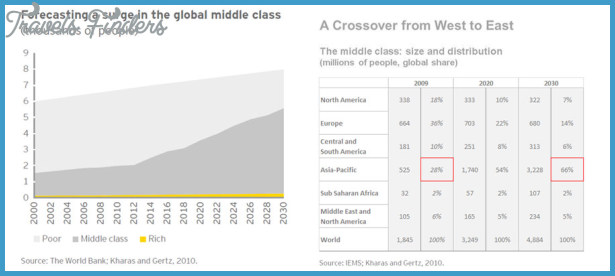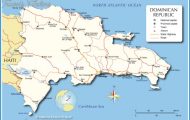New migrants arriving in cities in the Las Vegas Valley such as Reno, Moapa, Elko, and Carson City have established networks of family and friends who had arrived in earlier migrations to lessen the difficulty of living in a foreign nation. These friends and family members initially find newcomers unskilled jobs that pay minimum wages. Later, through constant vigilance, they usually are able to find higher-paying, more secure positions. A process labeled occupational diversification, which is the search for jobs that pay more, occurs rather quickly once Latino migrants get a first low-paying job.
Latinos were occupationally disadvantaged prior to the 1980s because they were specifically hired for minimum wage, unskilled jobs. Since then there has been substantial occupational diversification, with many Latinos moving on to better-paying, more secure positions. For example, the number of Mexican-descent people working in professional, managerial, and administrative positions has risen in the 1990s. Moreover, as the Latino population increases, so does the number of businesses owned by them. Currently, there are 3,900 Latino firms in Nevada, many of which are owned by Mexican Americans. In southern Nevada alone there are 2,000 Mexican American business enterprises. The increasing number of Latino entrepreneurs that have established small businesses in Nevada is another important indicator of a developing middle class.
Still another indicator of the middle-class status of many Latinos is their emerging economic power in Clark County, the most populous county in Nevada. This population is constituted of young families. Latinos are 43 percent of the 18-34 demographic, and most of that number is Mexican American, making this population a very young market. Many are first-generation Mexican migrants.
Overall, Latino consumers are having a tremendous economic impact. In fact, Las Vegas Latinos alone have over $3.17 billion annually in purchasing power. Moreover, Latinos are sending more money to their homelands than ever before, remittances flowing from Nevada amounts to somewhere between $1 billion and $3 billion.


















